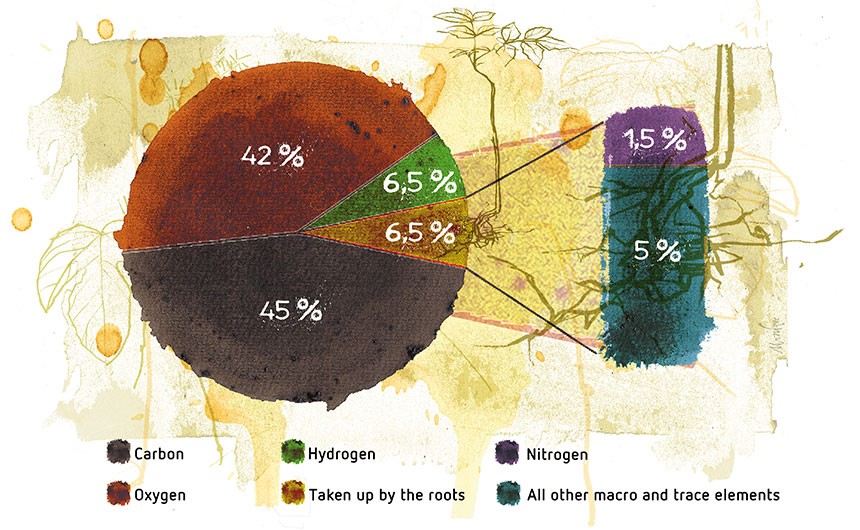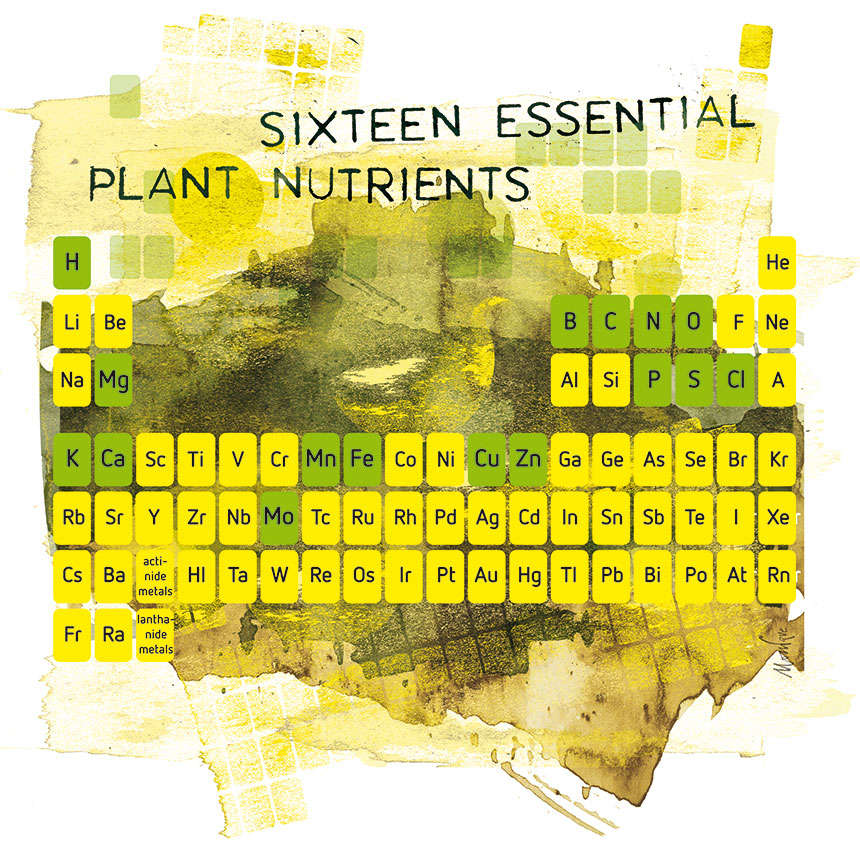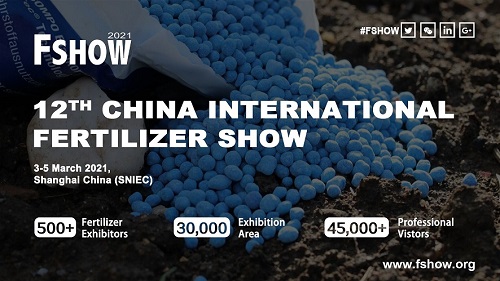
Exhibition time: 17-19 March, 2025 Shanghai, China
 中文
中文

Exhibition time: 17-19 March, 2025 Shanghai, China
 中文
中文
Many growers have seen plant symptoms that they classified as a nutrient deficiency, anything unusual from yellowing of the leaves to brown necrotic spots or reduced growth. some will have experienced that adding more nutrients is often not a solution for these symptoms…
Setting up a suitable cultivation strategy and a good nutrient balance is a prerequisite for a successful yield. But what determines a good nutrient balance? Which external factors play a key role here?
To better understand this, we will first highlight the different essential nutrients and how these behave in the soil or rhizosphere (the space where roots grow and nutrients are taken up by the plant) and how the plant can take up the different nutrients. Then we will focus on the function of the essential nutrients and how deficiency symptoms can be recognized.
The final part of this article will focus on how deficiency symptoms arise. As we will see, many problems are caused by soil or substrate imbalance. In this article we will discuss most of these aspects and how we can solve them.
Plants need the right combination of nutrients for growth, and as an external supply for its internal metabolism. Plant nutrients or nutritional elements can be any mineral taken up by the plant. In 1972, Epstein defined two criteria for such an element to be essential for plant growth. The first criterion is; in its absence the plant is unable to complete a normal life cycle. And the second is that the element is part of some essential plant constituent or metabolite.
Plant nutrition is not only essential for plant growth and survival, but a balanced nutrient solution also aids for maximizing the yield, improving crop quality and the nutritional value of the plant itself (for example for human nutrition).
The importance of a nutrient depends on the crop species and crop variety. But as we will see, the abundance of other nutrients also plays a key role.

Figure 1: A German scientist, Knop, has estimated that if all the species of the plant kingdom were fused into one mass, the ultimate composition of the dry matter of this mixture would be as represented in this pie chart. Most of the plant biomass consists of carbohydrates, with carbon (C), oxygen (O) and hydrogen (H), making up as much as 93.5%. These elements are taken up by the plant mainly in the form of carbon dioxide gas, oxygen gas and water. The energy needed to produce carbohydrates (or any organic compound) usually comes from photosynthesis, the process by which light energy is ‘fixed’ in specialist plant organs called chloroplasts. Only 6.5% of the elements in the plant are taken up by the roots, of which nitrogen (1.5%) is the most abundant. The remaining 5% consists of all the other macro elements and trace elements.
Several classification methods have been proposed to sort the elements. Arnon and Stout proposed three criteria to consider if an element is essential for plants in the late 1930s. The first criterion is that a deficiency of the element should make it impossible for the plant to complete a normal life cycle. Secondly, the deficiency should be specific for the element in question. And finally, the element is directly involved in the nutrition of the plant, for example, as a constitute of an essential metabolite or required for the function of an enzyme system.
These criteria are described in further detail by Epstein (2005), who stated that an element should also be considered essential if the plant can be so severely deprived of the element that it exhibits abnormalities in its growth, development, or reproduction. That is, its ‘performance’ in comparison with plants not so deprived.
A completely different way of classifying the nutrients is by abundance in the plant (see figure 1) or by the amount the plants needs them. More than 93% of the plant biomass consists of carbon, hydrogen and oxygen. The remainder includes all other nutrients, which can be divided into two groups. Elements required in large quantities are called macronutrients or macro elements. These include nitrogen, potassium, phosphorus, calcium, magnesium and sulphur. Micronutrients or trace elements are the elements which are required in very low quantities. Iron, copper, manganese, molybdenum, boron and zinc are examples of elements required in minimum amounts yet essential for plant growth and development.
Some elements are not essential for plant growth or reproduction but may certainly be beneficial for plant growth. Silicon is an example of such a non-essential element. Only members of the Equisetaceae family (scouring rushes, see figure 3) require silicon for completing their life cycle. In other words: it is essential for the survival or reproduction of the plant.
For other crops such as tomato, cucumber and strawberries it is known that silicon accumulates in substantial amounts in plant tissue enhancing growth and stability (Woolley, 1957; Miyake & Takahashi, 1985). For rice it has been demonstrated that extra silicate supply during the reproductive stage was most important for plant growth (Ma et al., 1989).
Cobalt has recently been established as an essential element for nitrogen fixing micro-organisms. And as such may be essential for plant survival under nitrogen limitation where the plants depend on these symbiotic interactions. Natural levels of cobalt exist in both mineral and organic fertilizers. CANNA nutrients contain enough cobalt which reduces the chance of a cobalt (nutrient) deficiency to a minimum.
Sodium and chloride are often considered unwanted or even toxic elements. Tap water is the usual suspect when it comes to excess or toxic sodium or chloride levels. Toxic by means that these two elements affect potassium and nitrate uptake respectively, which may result in potassium and nitrate deficiency symptoms as we will see in the next paragraph. Sodium and chloride, if essential to commercial crops, would be required in a very low concentration and therefore considered a trace element. It appears to be present in enzyme complexes involved in carbon fixation.

Figure 2: You are looking at a schematic overview of the sixteen essential plant nutrients. According to scientists Arnon and Stout, there are three criteria by which we can judge whether an element is essential for plants. 1. A deficiency of the element makes it impossible for the plant to complete a normal life cycle. 2. The deficiency should be specific for the element in question. 3. The element is directly involved in the nutrition of the plant.
From CANNA Research
